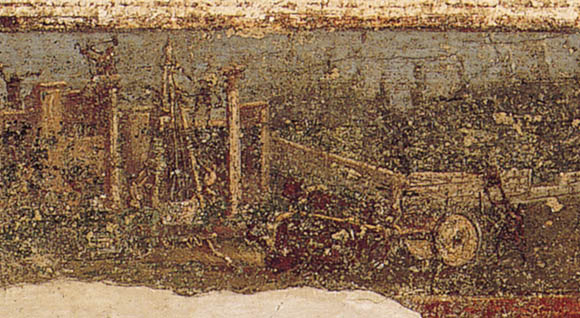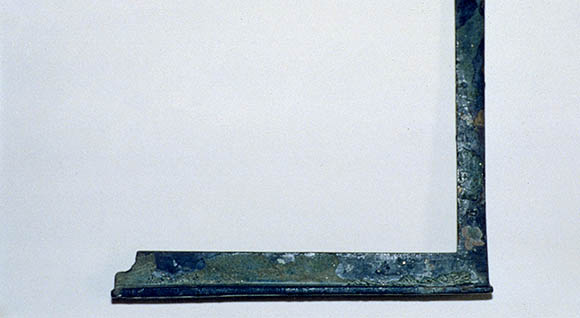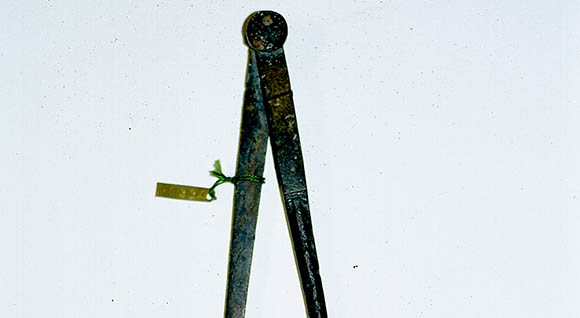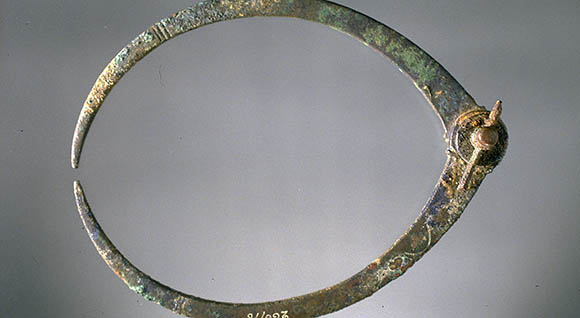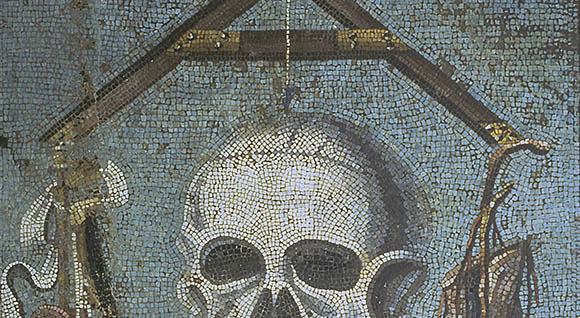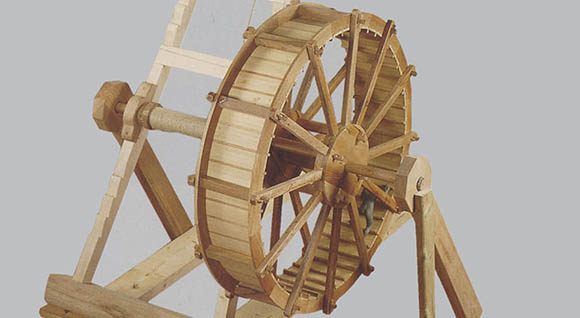2. Construction machinery
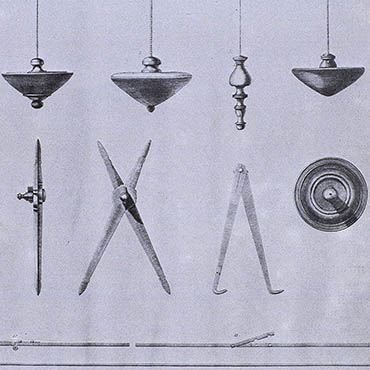
Both complex, large machines and small precision instruments were used in construction.
The construction machines of the Romans, built mainly of wood, were run by human or animal power. Built by special engineers, they mainly operated based on the chain reaction of elements essential for transmitting energy: winches, windlasses, and pulleys.
Precision instruments, on the other hand, were used to ensure exact measurements in construction, and especially to verify that the structures being built were exactly on the perpendicular. Compasses, units of measure, plumb bobs, squares and gauges were the instruments used for the reconstruction needed after the damage caused by the great earthquake in 62 AD.
Building machines of the Romans were very complex and often large in size. They were operated by muscle power, that of humans and animals, and worked through the combined action of winches, pulleys, and pulley blocks. Particularly spectacular was the tread-mill crane, thus called because power was provided by one or more men walking inside a huge caged wheel.
To respect the exact measures and proportions and to check the perpendicularity of masonry precision instruments such as compasses, squares, plumb-lines, and callipers were used. Of particular interest is the compass used to represent measurements in scale.
- Provenance: Stabia, loc. Varano, Villa of San Marco, room 29
- Date: Neronian (54-68 AD)
- Provenance: Pompeii, from the workshop R.I,5,2 (triclinium)
- Date: Middle of the first century AD - Second Style


